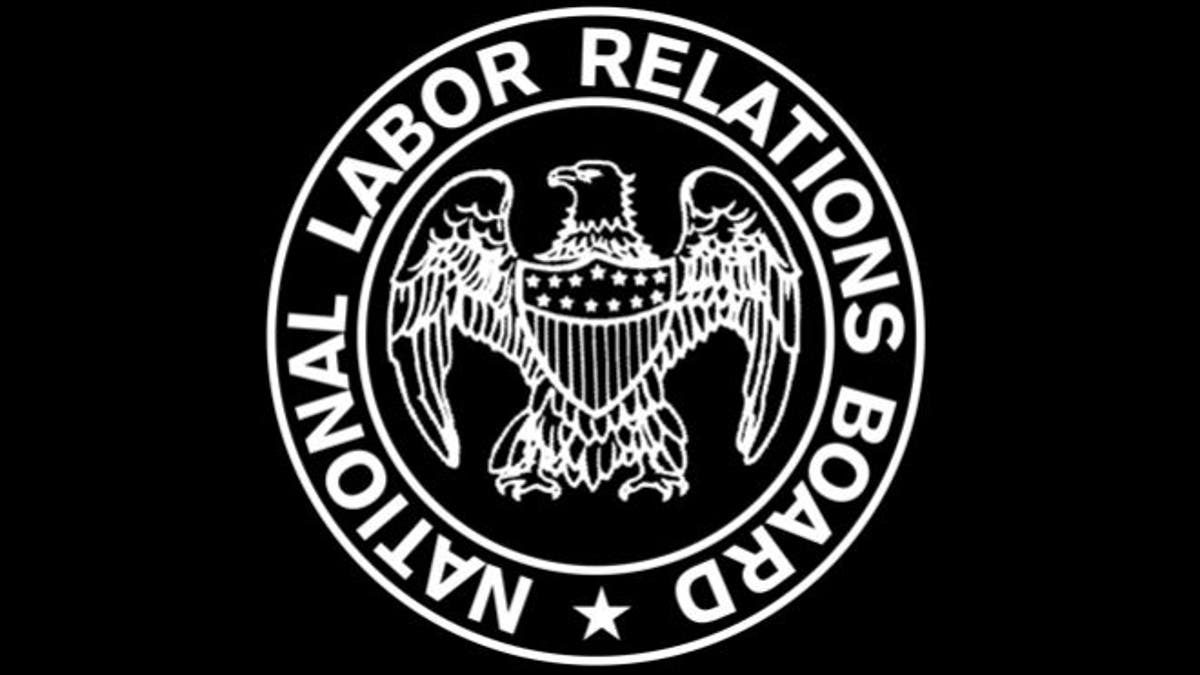
(AP)
President Ronald Reagan said “where free unions and collective bargaining are forbidden, freedom is lost.” Until now, the college athlete was without bargaining power or the ability to profit as a member of the team.
Wednesday the National Labor Relations Board (NLRB) ruled that Northwestern University’s scholarship football players are employees and may obtain union representation.
[pullquote]
Higher education institutions rely heavily on their student athletes to generate billions of dollars in revenue for their schools. High school athletes are recruited primarily for their potential to contribute to a team, not for their ability to become scholars.
Northwestern's highest paid employee is its head football coach, Pat Fitzgerald, who earned more than $2.2 million in 2011.
The players, on the other hand, receive no compensation, other than a small scholarship check. They cannot profit whatsoever from their membership on the team. In fact, they are punished if they do – Oregon Ducks basketball players were suspended for nine games for selling their team shoes.
Texas A&M quarterback and Heisman Trophy winner Johnny Manziel was suspended for allegedly accepting money for signing autographs yet A&M’s athletic department earned $120 million in 2012, the sixth highest earnings of any school in the country.
In January of this year, the College Athletes Players Association (CAPA) filed a union election petition before the NLRB on behalf of Northwestern’s football players, primarily in an effort to protect the players’ health and safety because “they are exposed to serious risk of concussions and long term injuries.”
For example, it was not until 2010 that the NCAA required schools to have a concussion management plan. The NCAA, however, does not review the school's plans.
Earlier this month, numerous college athletes filed a federal lawsuit against the NCAA alleging that it was an “unlawful cartel” that inflicted substantial damages on college athletes “whose services have yielded riches only for others.”
According to evidence presented to the NLRB, Northwestern’s players devote 40-50 hours per week to the team during the football season.
They do not get college credit for being on the team.
They do not enroll in classes that conflict with their football schedule.
Coaches “have control over nearly every aspect of the players’ private lives” and may punish players who violate team rules. Northwestern does not provide full medical insurance to its players, even though the NCAA allows it to do so. If a player is injured, schools get to decide how long they will cover the student.
Northwestern claimed that it is not an employer but just a rule-follower of the NCAA. It argued that allowing football players to unionize would create “chaotic impact on the sport.”
It claimed that unionizing will cause more economic harm to the school, because “…inevitably CAPA will demand bargaining over economic issues, including pay. It is folly to think otherwise.”
Although Northwestern is part of the NCAA’s tax-exempt Big Ten Conference, it claims that the school has to subsidize its athletic department because it loses millions of dollars every year.
CAPA, on the other hand, says Northwestern’s football program makes an annual profit of $5 to 10 million dollars.
Is the NCAA’s biggest concern that it may have to share its profits with student-athletes?
In 2012, the NCAA earned over $1 billion in TV ad revenue alone, which is more than the NBA, MLB, and NHL’s playoffs combined.
Following the ruling, the NCAA stated that students play “for the love of the game” and do not want to be paid. It did not address players’ health and safety concerns.
While the NCAA prepares for its latest payday from March Madness, it must also prepare for the possibility that its 420,000 student athletes at 1,200 member-institutions may soon be able to unionize.
The NLRB’s decision has a greater importance than its obvious impact on college athletes: It shines a light on the injustice of the tax-exempt NCAA operation that makes billions of dollars and pays its coaches multi-million-dollar salaries yet pays its players nothing nor provides them with hardly any protection whatsoever.
